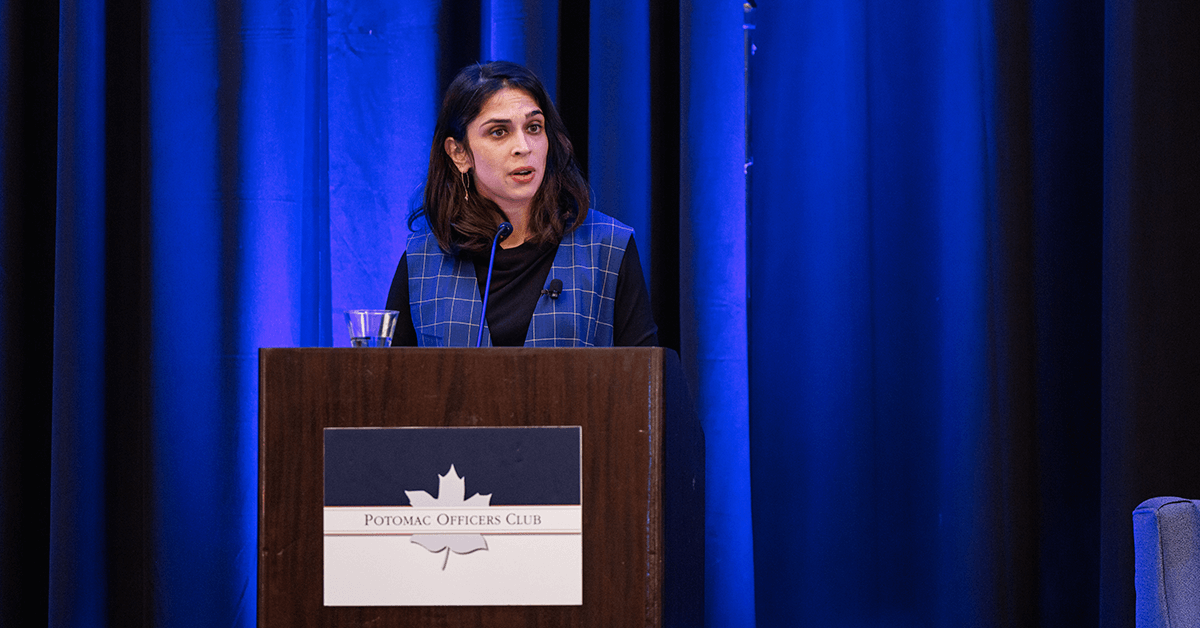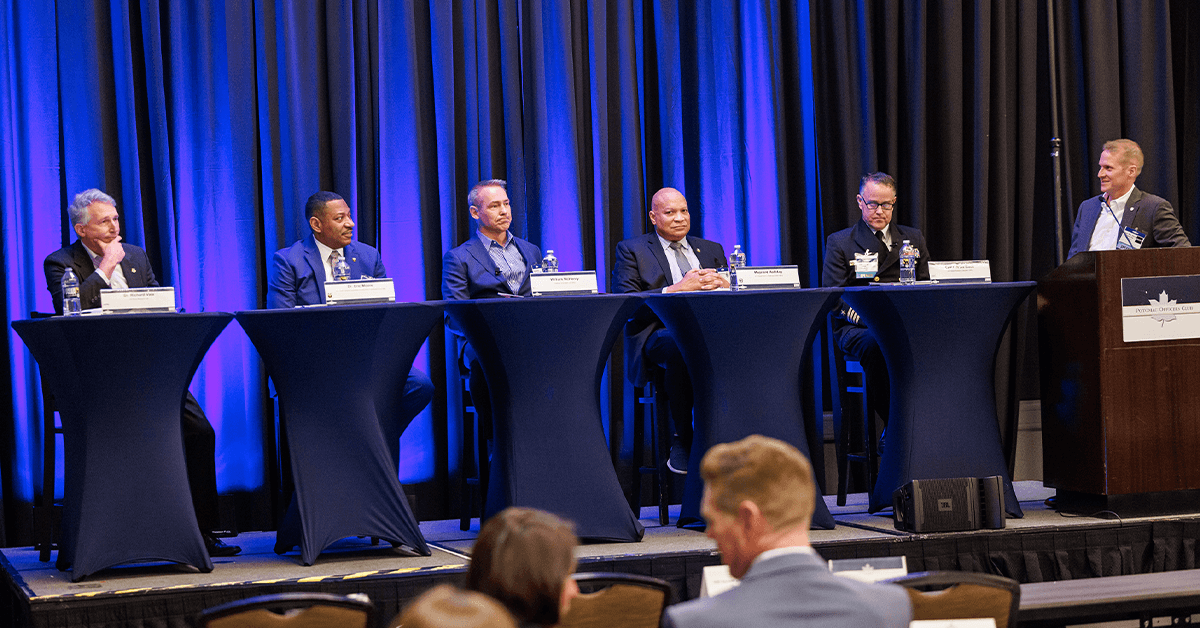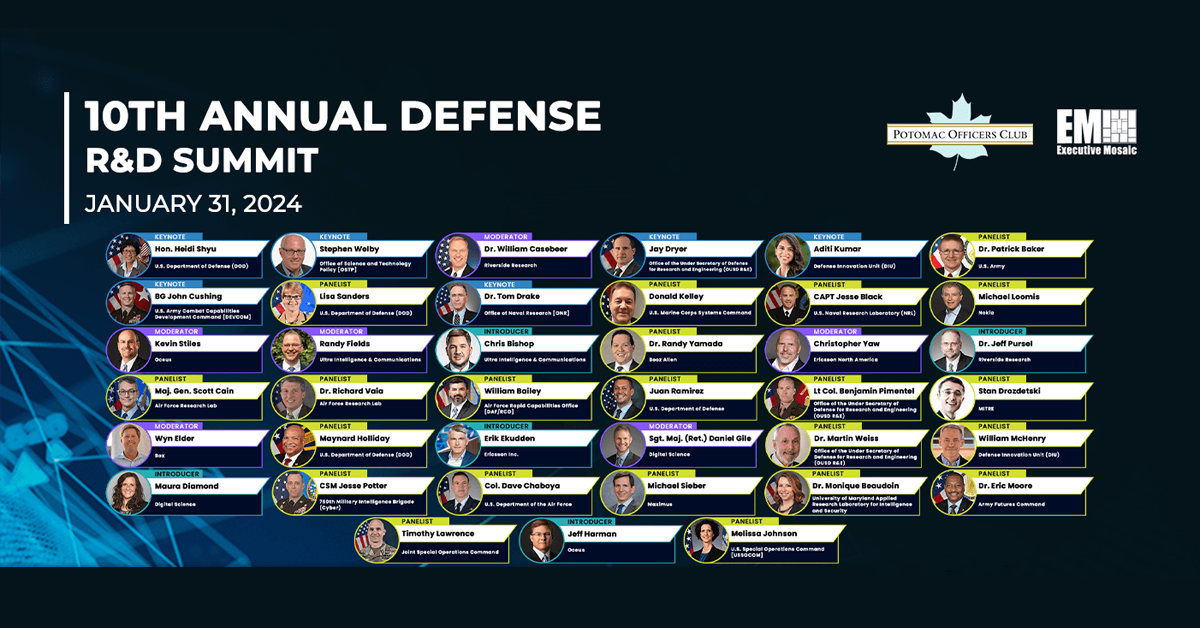The Defense Innovation Unit is entering a new phase and occupying a unique new role within the defense technology ecosystem. In April 2023, former Apple executive Doug Beck became DIU’s newest director, and DIU was elevated back to its historic position of reporting directly to the secretary of defense.
DIU’s new chapter, dubbed “DIU 3.0,” is a significant shift for the organization as it takes on a more prominent role within the Department of Defense. According to Aditi Kumar, DIU’s deputy director of strategy, policy and national security partnerships, the future of DIU will rely on the organization’s ability to harness progress from previous phases while partnering more closely with the military services.
“The challenge now is to take the capabilities developed during DIU 1.0 and 2.0 and apply them with the focus, scale and speed necessary to deliver the strategic effect that our national defense strategy requires. That is what DIU 3.0 is all about,” said Kumar at the Potomac Officers Club’s 10th Annual Defense R&D Summit in January.
Kumar revealed that DIU expects to publish its new strategy “in the coming week,” but in the meantime, she shared a preview of the strategy with the Potomac Officers Club audience. According to Kumar, the three key tenets of DIU 3.0 are: a relentless focus on the most critical capability gaps; strong partnerships with the engines of scale within the department; and catalyzing the DOD’s innovation entities into a community of impact.
The Pentagon’s Replicator initiative — a program that aims to field thousands of autonomous unmanned systems across multiple domains to counter rising threats from global competitors — is one prime example Kumar shared of DIU’s new organizational strategy in action.

If you’re interested in autonomous systems within the federal government, you won’t want to miss the Potomac Officers Club’s 5th Annual AI Summit on March 21. AI leaders and experts from CIA, CDAO, NGA, DOD, DARPA, DHS and other agencies will gather to share their invaluable insights about the future of AI across the public sector. Register here to save your spot.
“Replicator is a good example of how we are partnering with services to achieve scale fast,” Kumar said. “With the leadership of Deputy Secretary Hicks, DIU is working with stakeholders across the department, the commercial sector and Congress to leverage emerging technologies to deliver this operational capability. Five months into this work, we have already accomplished what normally would take the department two to three years, and we are on track to meet the goals of Replicator.”
DIU is also prioritizing placing “embeds” into combatant commands to strengthen partnerships with military services and the broader defense ecosystem. Kumar shared that DIU has embeds in place in six of the seven geographic commands.
Similarly, Kumar said Replicator is an initiative that is “very well-grounded in combatant command needs.”

“We have worked very closely with INDOPACOM to crisply define exactly the operational scenario that the attritable autonomous systems that are part of that initiative are going to affect, and have used that to inform our strategies for that initiative,” said Kumar in conversation with Dr. Jeff Pursel, vice president of technology development at Riverside Research.
“DIU has played a key role in connecting the dots between the commands, between the services, between nation entities to make sure that the demand signal that we’re getting through the warfighter is being translated into the priorities and strategies of the scaling engines of the department,” she added.
In closing, Kumar explained that DIU 3.0’s key tenets are already in action across multiple facets of the organization. But in order for change to really take hold within the broader defense ecosystem and for the DOD to be able to achieve technological overmatch, a deeper cultural shift must take place.
“With Replicator, we’re not asking Congress for additional authorities,” Kumar told the audience. “We are within the PPBE cycle, within the two-year timeframe, showing that we can use all of the different acquisition pathways that they’ve already granted us, different contracting strategies, the authorities that we already have with respect to experimentation building and so on, to get multiple thousands of systems into the hands of the warfighter.”
“I think a part of this is the department instituting that cultural change of moving quickly, of having the right stakeholders around the table focused on the problem set so that we can deliver fast, so that we can iterate quickly… That is what I see the deputy secretary and the secretary trying to do and Replicator is just one example of that,” she continued.







